This article was medically reviewed by Janice Litza, MD. Dr. Litza is a board certified Family Medicine Physician in Wisconsin. She is a practicing Physician and taught as a Clinical Professor for 13 years, after receiving her MD from the University of Wisconsin-Madison School of Medicine and Public Health in 1998.
There are 9 references cited in this article, which can be found at the bottom of the page.
wikiHow marks an article as reader-approved once it receives enough positive feedback. In this case, 92% of readers who voted found the article helpful, earning it our reader-approved status.
This article has been viewed 37,656 times.
Polycythemia vera is a type of cancer. If you have it, your bone marrow produces too many red blood cells as well as, in some cases, too many white blood cells and platelets. To figure out whether you have polycythemia vera, you should learn to recognize the common symptoms. In addition, you should be aware of dangerous symptoms that might mean a visit to the emergency room. Finally, you should review complications of this disease and prepare for testing and formal diagnosis by a medical professional.[1]
Steps
Recognizing Symptoms of Polycythemia Vera
-
1Document your symptoms in a journal. Write down any symptoms that you experience. Then see if any of the symptoms you are experiencing are associated with polycythemia vera. Looking over your list of symptoms, circle any of the symptoms that match the following symptoms of polycythemia vera:[2]
- Headache
- Bleeding or bruising
- Itchiness after bathing or showering
- Feeling dizzy
- Feeling weak or tired
- Sweating excessively
- Pain and swelling in one of your joints, such as a big toe
- Shortness of breath
- Bloating in your upper left abdomen
- Numbness of your limbs
- Tingling or burning sensations in your limbs
- Burning feeling in your feet
- Having a hard time breathing when you are lying down
- Ringing in your ears or tinnitus
- Chest pain
- Pain in your calf muscles
-
2Make a doctor appointment. If you find a match between any of your symptoms and common symptoms of polycythemia vera, you should make an appointment with your doctor. Bring your diary or health journal and show your doctor the symptoms you have listed. Ask your doctor whether you may have polycythemia vera and what actions you can take:[3]
- “Do you think I have polycythemia vera?”
- “Are there any tests that can be done to determine whether I have this disease?”
Advertisement -
3Seek emergency medical attention if you have any stroke symptoms. If you have polycythemia vera, your blood flow slows down and your blood thickens. As a result, you are more likely to get blood clots. If you get a blood clot in your head, you can have a stroke. So, you should get emergency medical attention if you have any of the following symptoms of a stroke:[4]
- Aphasia, or a hard time speaking or understanding speech
- Numbness of your face, arm or legs on one side of the body
- Weakness or paralysis of your face, arms or legs
- Blurred vision
- Double vision
- Decreased vision
- Severe or unusual headache
- Stiff neck and facial pain
- Vomiting and altered consciousness
- Onset of confusion
- Difficulty remembering things
- Spatial disorientation and lack of perception
-
4Recognize if you are in an at-risk demographic. Polycythemia vera is more common among adults over the age of 60. If you are over the age of 60, you should be aware that you are in the at-risk demographic and tell friends and family members who are close to your or otherwise involved in your medical care.[5]
Observing any Complications from Polycythemia Vera
-
1Notice any blood or bleeding problems. These pose one of the complications associated with polycythemia vera. If you experience a lot of nosebleeds, for example, this could be from polycythemia vera. Similarly, if you have bleeding gums, bruise a lot, or experience bleeding in your gut, you may be experiencing some of the complications of polycythemia vera.[6]
-
2Observe any itchy or tingling skin. Polycythemia vera can lead to red and itchy skin on your arms, hands, feet or legs. If your skin feels very itchy in a warm bed or after a shower, you may be experiencing one of the complications of this disease.[9]
-
3Maintain awareness of blood clots and risk of heart attack. If you have this disease, your blood will thicken and slow down which can cause clotting. In turn, blood clots can induce serious health concerns such as heart attack. If you experience any of the symptoms of a heart attack, you should contact emergency medical help.[10]
- Common symptoms of a heart attack include pain or tightness in your chest, aches in your chest and arms, pressure in your neck or jaw, nausea, indigestion, heartburn, cold sweat, quick breathing, lightheadedness and fatigue.
-
4Notice symptoms of an enlarged spleen. If you have polycythemia vera, your spleen may be working extra hard and may become enlarged. In your diary or health journal, write down any pain or discomfort you are feeling. See if these symptoms match the common symptoms for an enlarged spleen:[11]
- Not being able to finish a meal
- Feelings of discomfort or pain on the upper left side of the abdomen
- Feeling of fullness on the upper left side of the abdomen
- Pain or discomfort on your left shoulder
Getting Tested for Polycythemia Vera
-
1Ask your doctor for blood tests. Blood tests are one of the common ways of diagnosing this disease. The blood count changes often occur slowly — polycythemia vera is actually most commonly diagnosed when a patient is receiving blood testing for other reasons. Your doctor may do a complete blood count in order to figure out whether you have an excessive number of red blood cells. They may also do blood tests to figure out whether your hemoglobin or hematocrit counts are high, which is another indicator of polycythemia vera. To figure out which type of polycythemia vera you have, your doctor may also test your levels of erythropoietin hormone.[12] Ask your doctor:
- “Can you do a blood test to determine whether I have polycythemia vera?”
- “What should I do to prepare for the blood test?”
-
2Review the blood test results with your doctor. You should ask your doctor about the results of your blood test, which they may inform you about in person or over the phone. You should be aware of the test results that would indicate a positive diagnosis of polycythemia vera: [13]
- Increased number of red blood cells
- More platelets or white blood cells
- Higher hematocrit measurement
- Higher hemoglobin levels
- Low levels of erythropoietin
-
3Get a bone marrow biopsy. You should ask your doctor whether a bone marrow biopsy or aspiration would be appropriate. Your doctor will take a sample of your bone marrow material. If they do an aspiration, they will take out a liquid part of your bone marrow. Once they finish the tests, ask your doctor whether the tests showed that your marrow is overproducing blood cells.[14] You could ask:
- “Are the results of my test back?”
- “Is my bone marrow producing too many blood cells?”
- “Does the biopsy indicate that I have polycythemia vera?”
-
4Ask your doctor whether test results indicate a gene mutation. Bone marrow or blood test results may also indicate the presence or absence of the gene mutation that is associated with polycythemia vera. You should inquire with your doctor about this gene mutation:[15]
- “Do the test results indicate the presence of the gene mutation associated with polycythemia vera?”
- “Do the test results show the gene mutation JAK2 V617F?”
-
5Ask your doctor if there are any other tests you could take. Your doctor may try some other tests such as looking at your vitamin B12 level, the oxygen saturation of your blood or a comprehensive metabolic panel test. Alongside your blood tests, these tests can help your doctor determine whether you have the disease.[16]
-
6Talk to your doctor about next steps. If you were positively diagnosed with polycythemia vera, you should talk to your doctor about treatment options. Unfortunately, the disease cannot be completely cured and will be treated more as a chronic condition, with your doctor monitoring your health for complications. Treatment will focus on decreasing the signs, symptoms and complications associated with the disease. For example, your doctor may prescribe low-dose aspirin, a procedure called phlebotomy, medications like hydroxyurea and therapies to reduce itchy skin.[17] Inquire with your doctor about treatment options:
- “How can we tackle this disease?”
- “What are the best medications available for treating polycythemia vera?”
- “Will I have to undergo the phlebotomy procedure?”
References
- ↑ https://rarediseases.org/rare-diseases/polycythemia-vera/
- ↑ https://my.clevelandclinic.org/health/diseases/17742-polycythemia-vera#symptoms-and-causes
- ↑ https://www.hopkinsmedicine.org/health/conditions-and-diseases/polycythemia-vera
- ↑ https://www.nhs.uk/conditions/polycythaemia/
- ↑ https://www.nhlbi.nih.gov/health-topics/polycythemia-vera
- ↑ https://patient.info/allergies-blood-immune/polycythaemia-rubra-vera-high-red-blood-cell-count
- ↑ https://rarediseases.org/rare-diseases/polycythemia-vera/
- ↑ https://rarediseases.org/rare-diseases/polycythemia-vera/
- ↑ https://www.hopkinsmedicine.org/health/conditions-and-diseases/polycythemia-vera
- ↑ https://www.hopkinsmedicine.org/health/conditions-and-diseases/polycythemia-vera
- ↑ https://medlineplus.gov/genetics/condition/polycythemia-vera/
- ↑ https://rarediseases.org/rare-diseases/polycythemia-vera/
- ↑ https://my.clevelandclinic.org/health/diseases/17742-polycythemia-vera#diagnosis-and-tests
- ↑ https://medlineplus.gov/ency/article/000589.htm
- ↑ https://my.clevelandclinic.org/health/diseases/17742-polycythemia-vera#diagnosis-and-tests
- ↑ https://medlineplus.gov/ency/article/000589.htm
- ↑ https://medlineplus.gov/ency/article/000589.htm
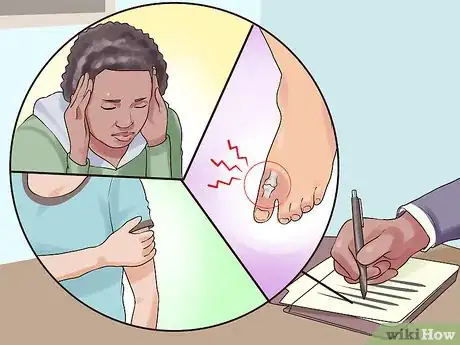
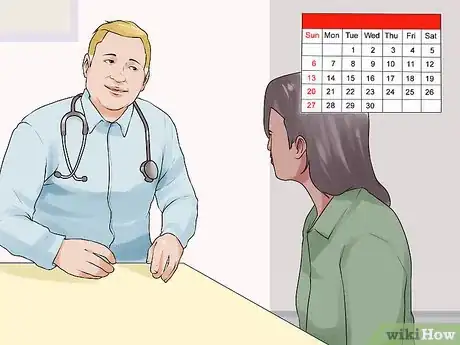
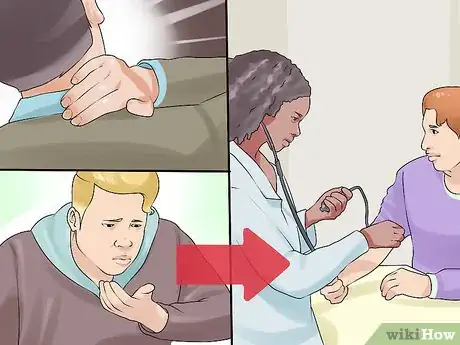
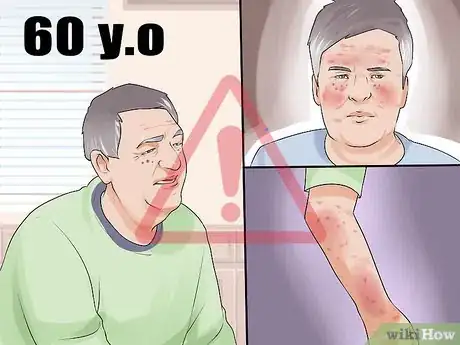

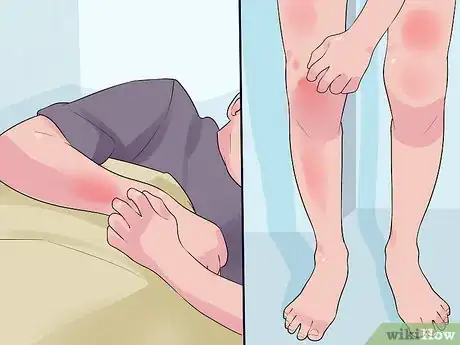
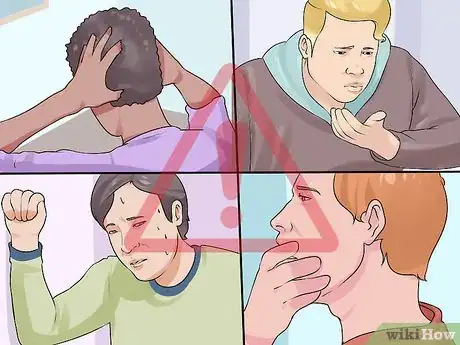

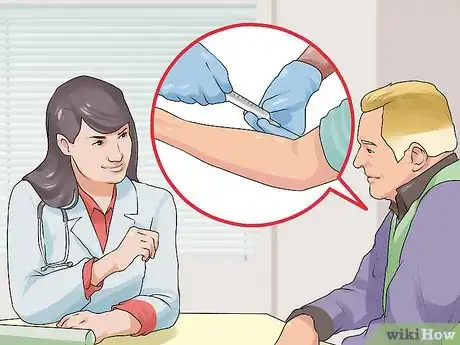
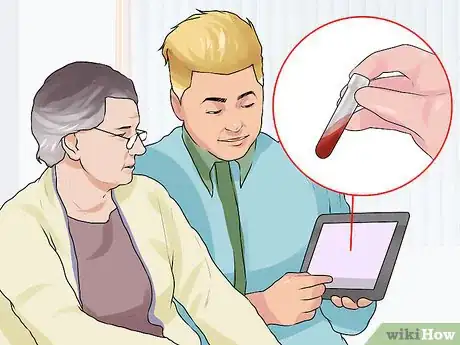
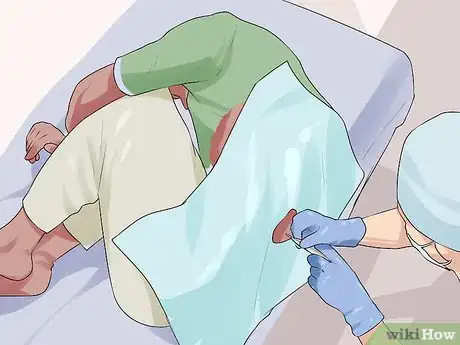
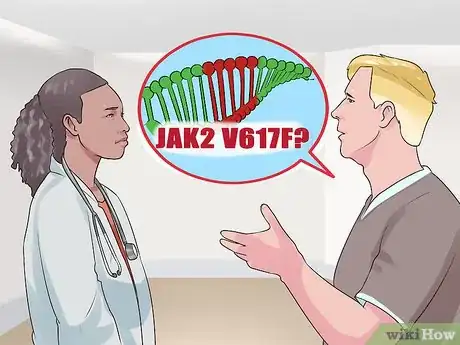
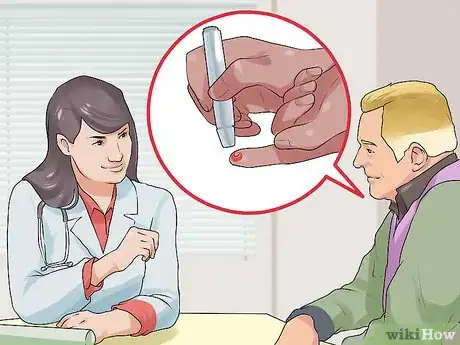
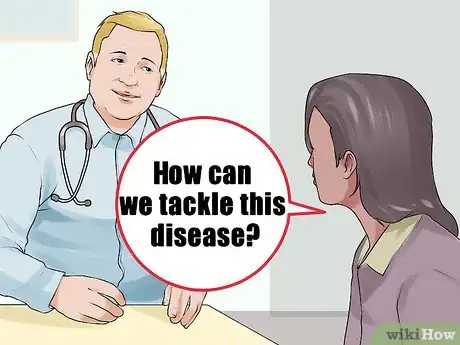



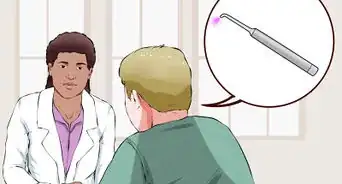

-Step-13.webp)



-Step-8-Version-3.webp)













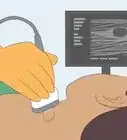

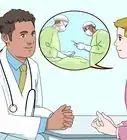




































Medical Disclaimer
The content of this article is not intended to be a substitute for professional medical advice, examination, diagnosis, or treatment. You should always contact your doctor or other qualified healthcare professional before starting, changing, or stopping any kind of health treatment.
Read More...